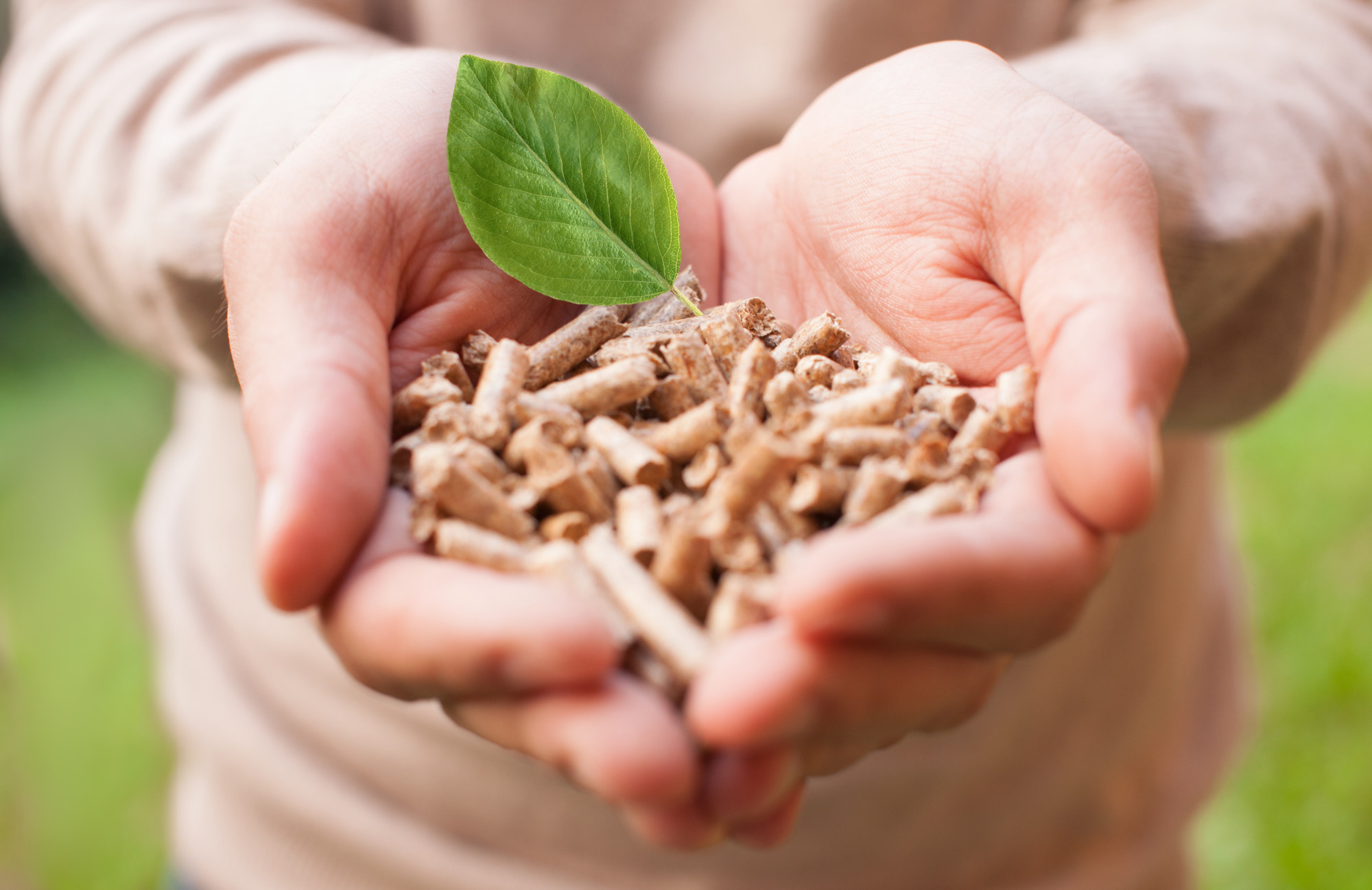As the world’s population continues to grow, it requires more and more food. This has created a need for food that can be produced efficiently.
Yet efficiency and sustainability don’t often work well together, and many modern farms have yet to embrace eco-friendly farming.
As farming has a large effect on global warming rates, more and more farms need to make the switch.
If you’re a farmer, incorporating some green farming techniques can help cut down on greenhouse-gas emissions. Keep reading for 7 things you can do to help.
1. Aquaponics and Hydroponics
Many traditional farming methods waste a lot of resources. Aquaponics and hydroponics are techniques that help combat this.
In a hydroponic system, crops are grown with their roots in a mineral solution or materials such as perlite or gravel.
In aquaponics, farmers raise aquatic animals in addition to growing crops. They then use the waste from the fish to help provide nutrients to the plants. After the plants use the water, farmers then reintroduce the water back into the system for the fish to use it again.
Both of these processes allow farmers to grow plants without soil, instead of relying on nutrients.
2. Renewable Energy
Green energy is a market that grows every year. By 2022, experts believe it will have a market value of $364.6 billion.
Owning a farm means that you have a variety of green energy sources to choose from. If your farm is near a water source, hydroelectric power can be an effective way to power things such as machinery.
You can also look into different places where you can incorporate wind and solar sources. For example, you can use solar panels to run pumping and heating systems.
The amount of money needed to invest in green energy continues to decrease every year. By investing in the field now, you’ll be able to benefit from the savings, and know that you’re helping cut down on global fossil fuels.
3. Crop Rotation
Crop rotation is a farming technique that has been used for thousands of years. It involves growing different crops in different seasons over a period of time. These growing seasons can last from a few years to longer periods of time
Through crop rotations, farmers reduce the chance of pests and diseases becoming a problem. The rapid switch to a different type of crop prevents them from being able to gain a foothold.
In crop rotation systems, farmers also need to use fewer pesticides and fertilizers. This in turn helps prevent soil fertility from going away.
4. Permaculture
In a permaculture system, farmers apply natural principles to help develop human settlements. The goal is to create a system where humans coexist with nature.
One of the principal tenets in permaculture involves the importance of perennial crops. These include trees and plants that are seasonal, including fruit trees, shrubs, and nut trees. Farmers seek to mimic these natural systems and incorporate them into designed systems.
Other permaculture techniques can include growing tillage-free grain, mandala and keyhole gardens, and herb spirals.
5. Raising Animals Naturally
If you’re unaware of how the majority of animals that humans consume are raised, a quick Google search is all you need to do to find out. Most are raised in appalling conditions and exist for no other reason than to provide as much sustenance as possible.
Yet when farmers raise animals sustainably, it benefits humans, the environment, and the animals as well.
When animals exist in a manner that resembles how they live in nature, they are less stressed. They’re also able to fulfill their social functions, whether that means sleeping side by side, rolling in the mud, or choosing what plants to eat.
6. Mulching and Groundcovers
When farmers use mulch and groundcovers, they conserve the moisture found in the soil and also naturally prevent weeds from sprouting.
Suppressing weeds naturally also comes with the benefit of farmers needing to rely less on pesticides and herbicides. In some cases, farmers can avoid using them altogether. If a weed does sprout, a farmer can remove it by hand.
One example of where farmers apply this technique is in strawberry fields. Farmers plant the strawberries far away from one another, which allows for the growth of weeds. Yet after they put on the protective mulch covering, weeds don’t grow. The mulch also promotes the ripeness of the strawberries and prevents them from rotting.
7. Managing Pests Naturally
One of the goals of eco-friendly farming is to decrease the reliance on chemical pesticides used to kill pests and pathogens.
When farmers rely on chemicals in the food production process, it not only harms the environment, but food as well. In sustainable farming, farmers look for alternatives to help manage pests.
Crop diversity, crop rotation, and intercropping are some methods used to help keep pests under control. Farmers can also introduce crops that pests don’t like to repulse them. In some instances, they can also bring natural predators to help keep pest populations down.
Farmers also use different and new types of machinery to keep these problems under control. Check out this article on tips for buying farming equipment.
Help Make the Green Farming Switch
As the world progresses further into the 21st century, it becomes more and more clear that the world needs to take serious steps to combat global warming. If you’re a farmer, practicing some of these green farming methods can be a good place to start.
Do you have any other sustainable farming suggestions?
If you enjoyed reading this article, check out some of our other blog posts to learn more about the environment and going green.










